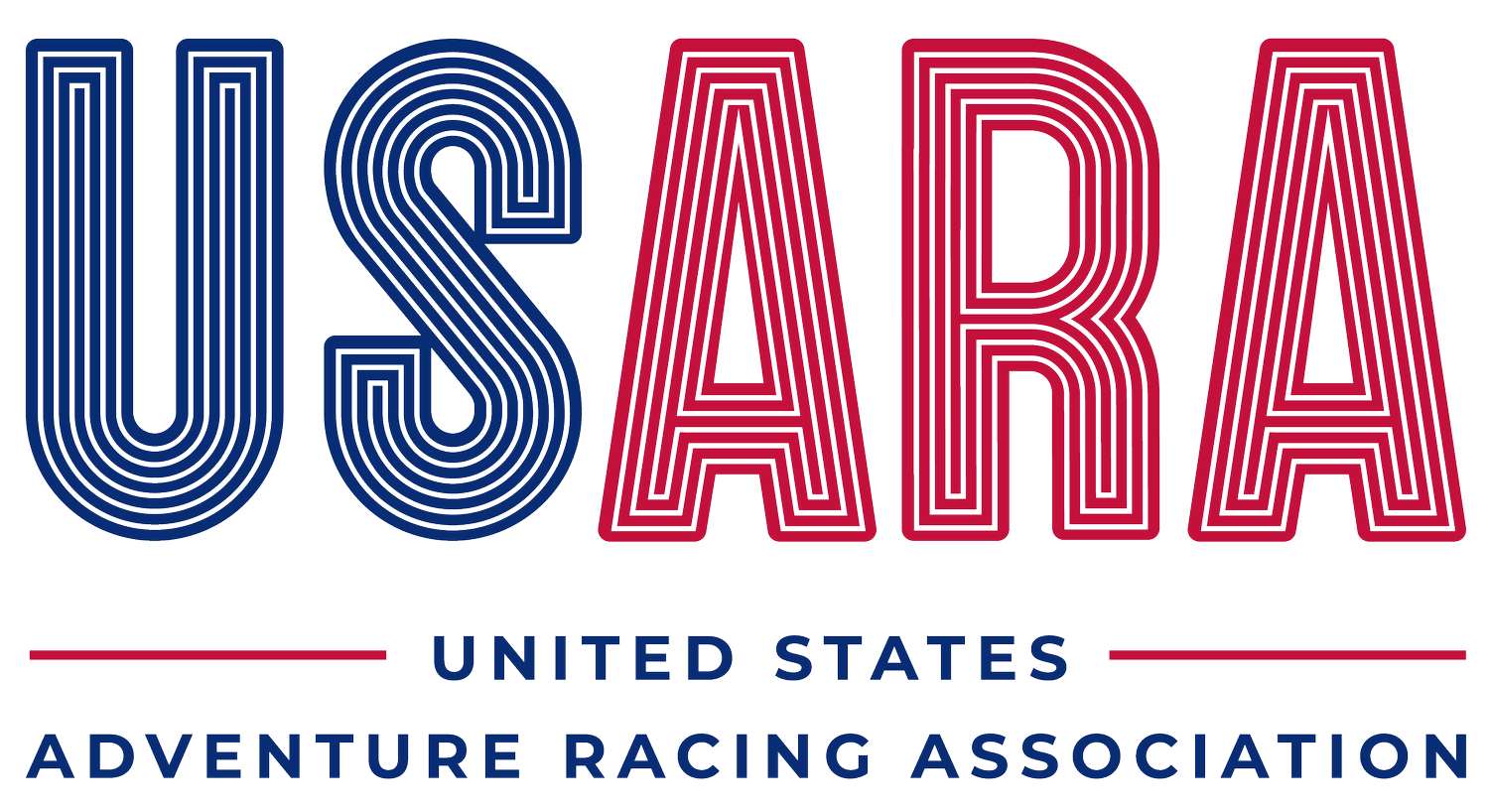What is Adventure Racing?
FORMAT AND DISCIPLINES
Adventure racing (AR) is a multisport, primarily off-road, navigation-based sport. Put more plainly: adventure racing is a scavenger hunt with a clock. The course is not revealed until race time, and racers navigate to as many checkpoints as they can within a time limit.
So what makes Adventure Racing unique?
Every race is different. In triathlon racers always begin with swimming, then biking, then running in that exact order and the distances for each are standardized. In AR, each race is uniquely designed to the local surroundings/outdoors available, sometimes with disciplines required multiple times over the course of the race.
The most common disciplines found in AR are trekking, biking, and paddling; but other disciplines can include winter sports, stand-up paddleboard, team challenges, climbing/mountaineering, or anything else the race director can dream up.
Racers navigate their own route between checkpoints, and many races offer optional checkpoints; which means not everyone will have gone the same route and/or same distance/elevations by the end of the race. If you want to try a shortcut, or skip an optional checkpoint you are allowed/encouraged to do so.
While multiple racers/teams can “finish” the race, the top racers/teams are the ones “clearing” a course, meaning they obtained every possible checkpoint within the time limit.
In AR checkpoints are assigned point values, and racers are ranked by who has the most points, with shortest time as a tie-breaker.
AR is traditionally a team sport. While many races offer a “solo” division, its much more common for racers to compete as teams that race together; the key being “together,” adventure racing is not a relay race, teams are required to stay together. The premier events require racers to form mixed-gender teams of three or four, but races around the world vary in their regulations so events allowing single-sex teams or teams of one to four racers are common.
As noted above, AR is a navigation-based sport. This means that teams navigate by compass using a map that indicates the location of checkpoints. GPS, phone and other smart-devices are not allowed to aid in navigation unless specifically called out by the race director.
Some races (or legs in a race) are "point-to-point," meaning that racers must obtain checkpoints in order while other races/legs are "rogaine" style, indicating that there are optional checkpoints within a section and/or checkpoints in that section can be obtained in any order. Traditional "point-to-point" style courses tend to be more common in multi-day, expedition length races, though race directors often offer short course modifications for teams unable to complete the whole race. Shorter, local races tend to be "rogaine" or "modified rogaine" style events.
No matter the course designed and disciplines included, all ARs share a very important feature: the time cut-off. Courses are open for a specified amount of time and teams must cross the finish line with the “required” checkpoints in order to finish the race. Adventure races can range in length from a couple hours which are more family friendly, to a full day or even multi-day "expedition races” taking up to two weeks.
COMMON QUESTIONS/MISCONCEPTIONS ABOUT ADVENTURE RACING
Aren’t there obstacles, mud pits, and fires you have to go through and jump over?
Probably the most common confusion when you introduce someone to AR, is their mind goes right to Obstacle Course Racing, often referred to as OCR (e.g. Tough Mudder, Spartan, etc.). While adventure racing may have natural obstacles to navigate depending on the course like walking/wading through streams, tough elevation changes, etc. all in an effort to find the quickest route possible; AR does not feature man-made obstacles. OCR also very specifically has strict set courses with no navigation required. That’s not to say anything bad about OCR, its just a different sport altogether.
Don’t you have to train / be in very good shape to adventure race?
While it is highly recommended to be in good physical shape to do adventure racing at the higher levels with 20+ hour races; sprint races are highly accessible to everyone and are raced by people of all shapes/sizes including family teams with kids as young as 6 years old. Many of these “sprint” or “family” races are 4 hours or less and are more akin to a fun group day outdoors.
Do I need to spend a lot of money on outdoor gear to adventure race?
While more veteran racers certainly can spend a lot of money on specialized equipment, its not required. Many adventure races include boat rentals (kayak/canoe, paddles, lifejackets) as part of their registration fee. Many races/race directors partner up with or can put you in contact with local outdoor outfitters where you can rent equipment for a much cheaper cost than buying your own. There are also many sprint races starting to offer “no biking” course options to reduce barriers to entry for beginners in those entry level races.
Do I have to be an expert navigator to do an adventure race?
Simply put, No, you do not need to be an expert. In more beginner level races, distances between the checkpoints are much shorter and the checkpoint tend to be more obviously placed. Its as you graduate to longer/harder races or want to start competing for those Top 5 spots that you really need to focus on your navigation skills. Depending on where you live, you might have access to an orienteering club that holds regular events, or access to a park with a permanent orienteering course installed; both of these are great ways to practice your navigation in a no pressure environment.
So with all that cleared up, are you ready to give adventure racing a shot? If so continue on in our series as we’ll next tackle what to do to get set for your first race.





